Flight Manual: Bookmark J 35J Draken 5.12024-04-04
About Saab 35 Draken
History
The first Saab 35 prototype flew in October 1955 and entered service in the Swedish Air Force (Flygvapnet) in March 1960, with the designation J 35A. This was followed by a succession of indigenous and export versions ending with the final Flygvapnet version J 35J which was retired in 1998. The last Draken version to be in operational service was the J-35OE MkII of the Austrian Air Force, which retired its Drakens in November 2005.
Draken was in constant development, and the final versions were very different from the original 35A. But already from the outset Draken was a capable supersonic interceptor with impressive performance, and eventually a reliable platform for delivering radar and infra-red homing missiles. The later versions featured what was at the time state-of-the-art avionics, and were in many ways superiour to most of the competition.
Most people associate the nickname Draken
with the mythical
fire-spitting reptile, but it is actually a play on words: in Swedish the word means
kite
as well as dragon
and the silhouette of the aircraft
strongly resembles a paper kite (especially the prototype versions without
afterburner).
This aircraft was in many ways decades ahead of its time, but what was cutting-edge back then might not exactly be impressive today. Even the final versions of Draken feel basic and low-tech, with parts dating back to the post-war years. The upside is that Draken is extremely rugged and can take a lot of punishment. Draken is very much a hands-on aircraft, one of the last of its kind.
A few Drakens are still flying, but only one 35J: the F10–56, which is maintained by the Swedish Air Force Historic Flight society. In 2014, an SK 35C trainer was also restored to flying condition, and they are both frequently seen at air shows all over Europe.
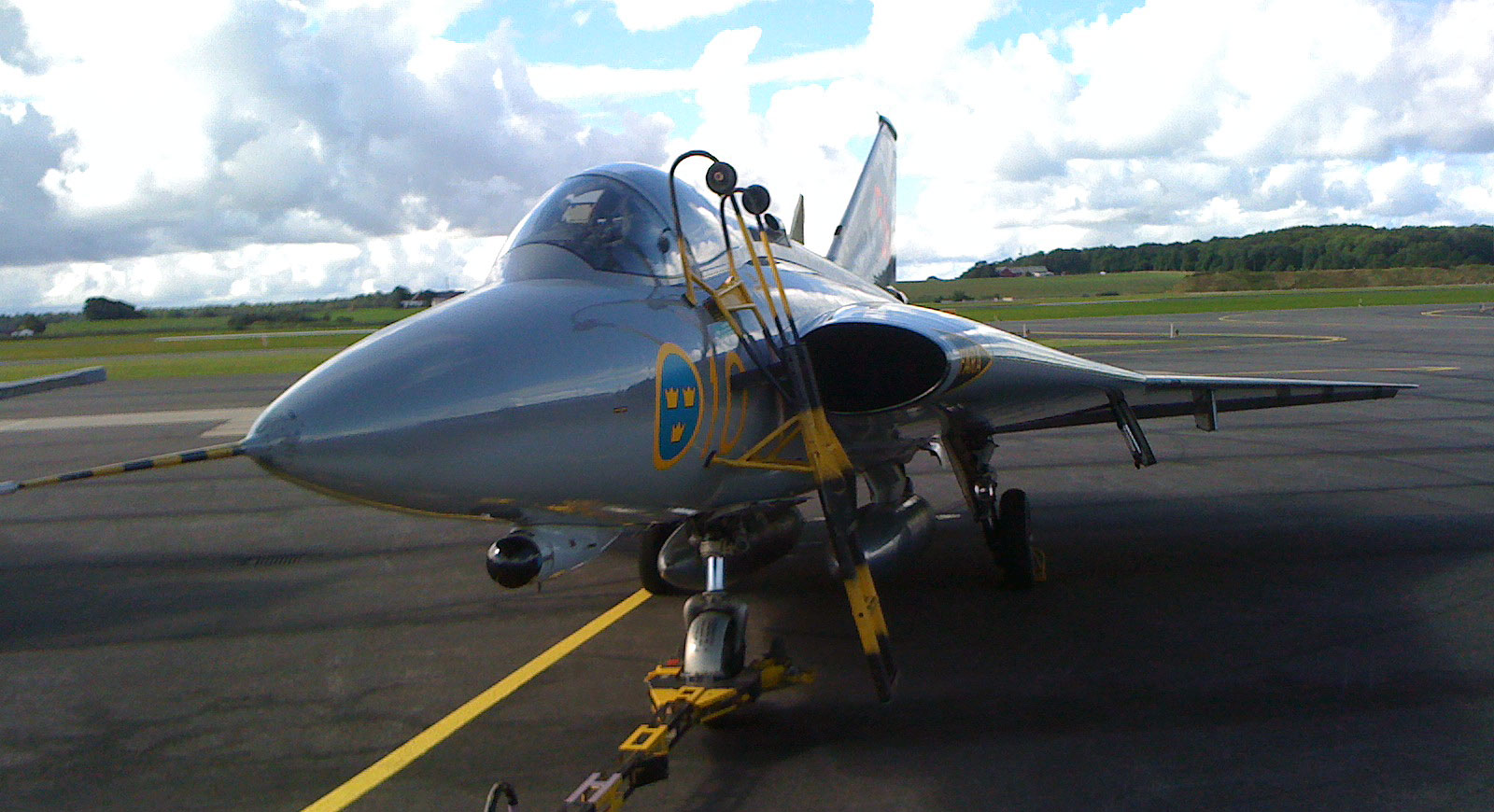
Fig. 102 - F10–56 (#35556) at the Ängelholm Air Show, 28 August 2010
Performance
Draken was a child of the cold war era, originally intended as a high-altitude supersonic interceptor to counter the MiGs and Sukhois of the day. Swedish, Finnish and Austrian Drakens were ultimately used as multi-role fighter/interceptors, while the Danish F-35 was converted to a strike platform.
The tailplane-less double-delta design by Saab was revolutionary at the time. It combines an 80 angled inner wing for good high speed performance with a thin 60° angle outer wing for additional lift at low speeds. The inner wing houses the main landing gear, fuel tanks, guns and avionics equipment.
Propulsion in all versions is provided by the Volvo Flygmotor RM6 engine, an upgraded license-built Rolls-Royce Avon 300 turbojet with a Swedish single-stage afterburner capable of pushing some versions to over Mach 2. Although this simulation will not reach that speed, acceleration with afterburner is fierce at subsonic speed and you can easily overspeed at low altitude. It has been said that Draken actually has no top speed as it continues to accelerate until the fuel is depleted. Suffice it to say that this claim has never been verified...
The initial prototypes proved to be extremely susceptible to PIO (pilot induced
oscillations), so a pitch damping system was added. The somewhat brutal stalling behaviour
and steep angle-of-attack on approach and landing were other characteristics adhering
to
the unique design, but apart from these quirks
Draken turned out to be
relatively easy and straight-forward to fly.
All in all, Draken has lots of personality and is easy to fly but a challenge to master. Though outgunned by modern fighter aircraft, it will overtake and outturn many of them. Draken is a very rewarding plane to fly if you follow procedures and use common sense, but it needs constant input and a firm but delicate hand. If you lose control of this beast you are definitely up the proverbial creek without a paddle.
Export versions
The following photos were taken from the internet and their origin could not be determined. They are used here in good faith. If you own any of these images, please contact Bookmark.
Austria
The export version for the Austrian Air Force was a refurbished 35D with a 35F/J canopy and modified avionics and instrumentation. An upgrade program during 1994-97 added chaff/flare dispensers, AN/ALR-45 RWR, a Marconi HUD, and a detachable Garmin GPS. The Austrian Drakens were the last to see active service, the final operational sortie being flown in 2005.
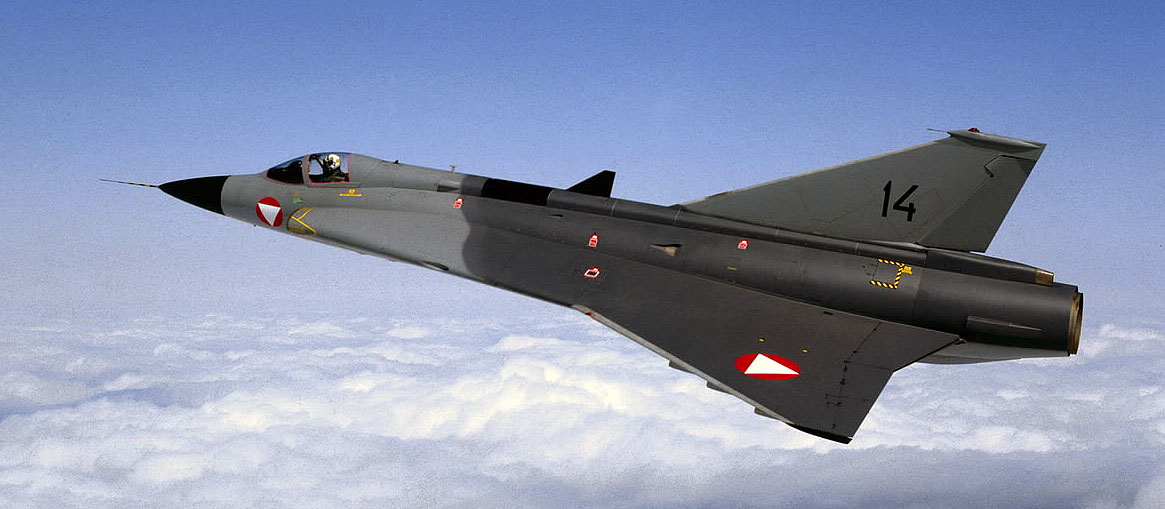
Fig. 104 - J-35OE 14 (#351414) from the 2nd squadron at Graz-Thalerhof air base in Austria
Finland
Modified 35B, C and F aircraft were bought or leased by the Finnish Air Force and named respectively J 35BS, CS and FS. A number of 35F were also license-built in Finland by Valmet, these were named J 35S. The Finnish Drakens were upgraded during the 1990s but were finally decommissioned in 2000.
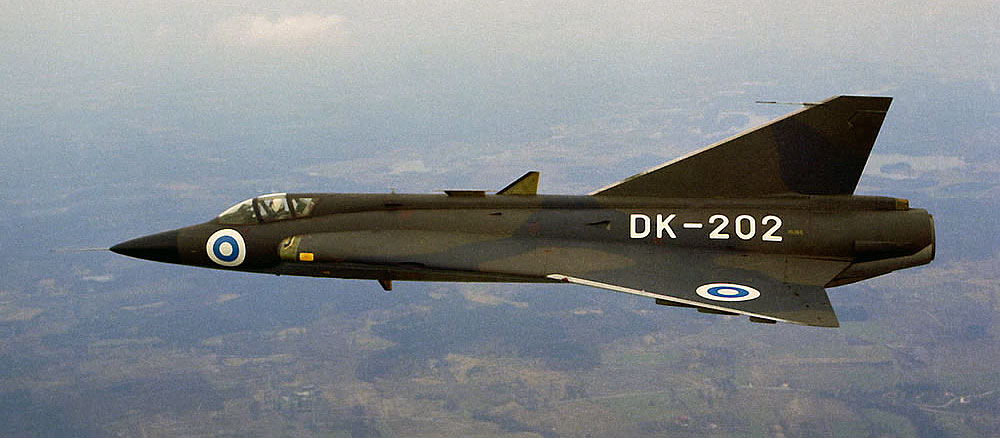
Fig. 105 - J 35BS DK-202 (#35265) of the Finnish Air Force
Denmark
The Danish Air Force versions F-35, TF-35 and RF-35 were based on 35F but extensively rebuilt as strike, recce and training aircraft with NATO standard instrumentation and electronic counter-measures. The Danish versions had a slightly wider wing span, bigger external tanks, and were almost 4000 kg heavier than 35F. The Danish Drakens were retired in 1993.
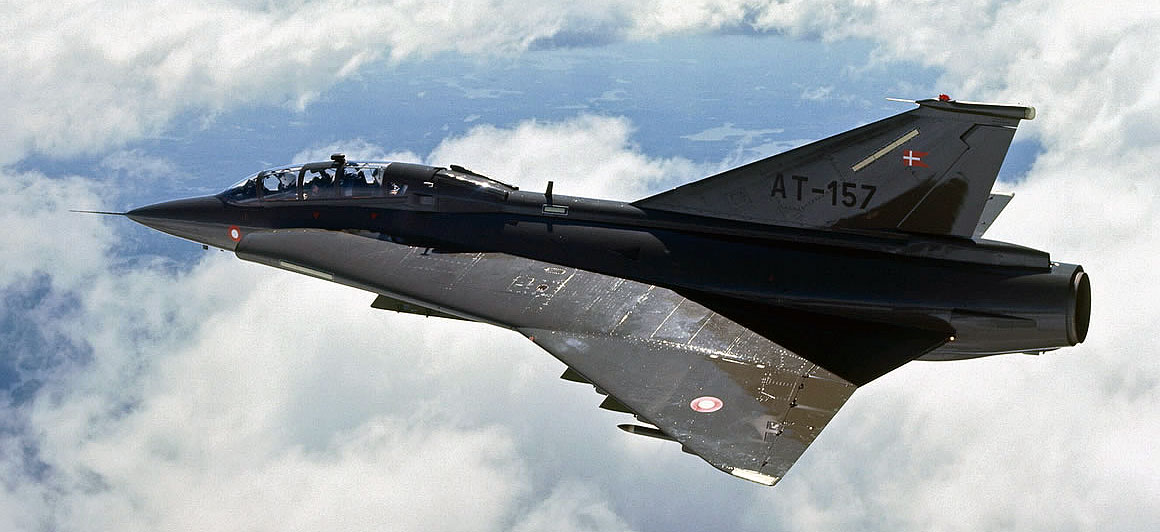
Fig. 106 - TF-35 AT-157 (#351157) from squadron 725 of the Danish Air Force
USA
A number of retired Danish Drakens were bought by the National Test Pilot School in Mojave, CA, USA. These Drakens were mainly used for superstall training and were retired in 2009.
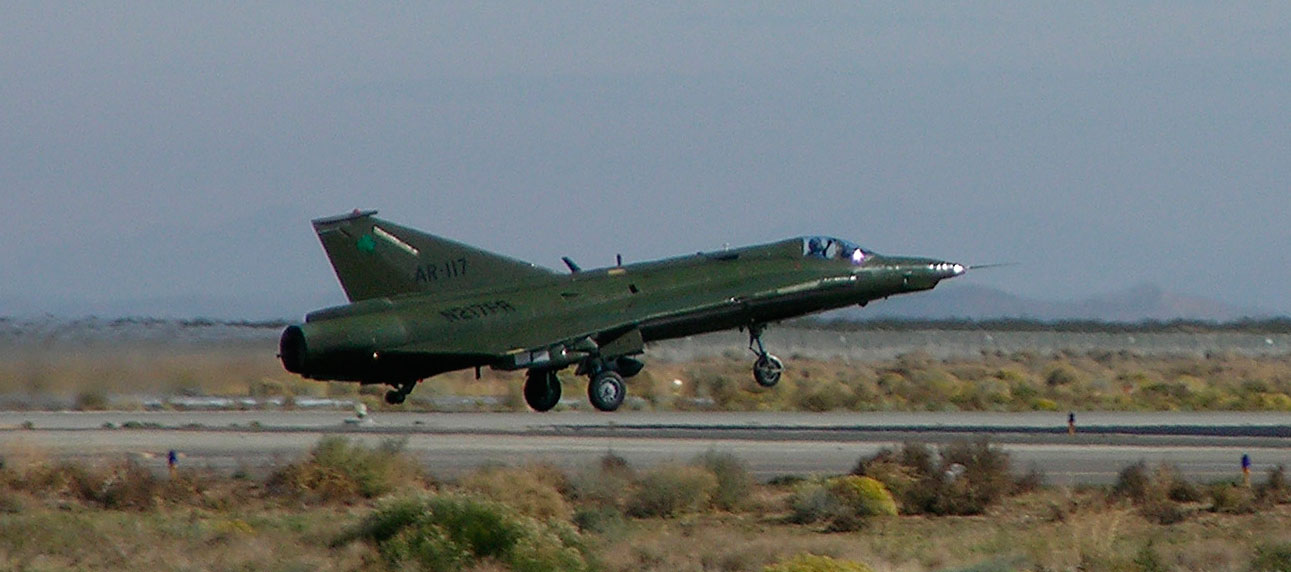
Fig. 107 - N217FR, formerly Danish Air Force AR–117 (#351117), landing in Mojave
Copyright © 2001–2024 Bookmark AB